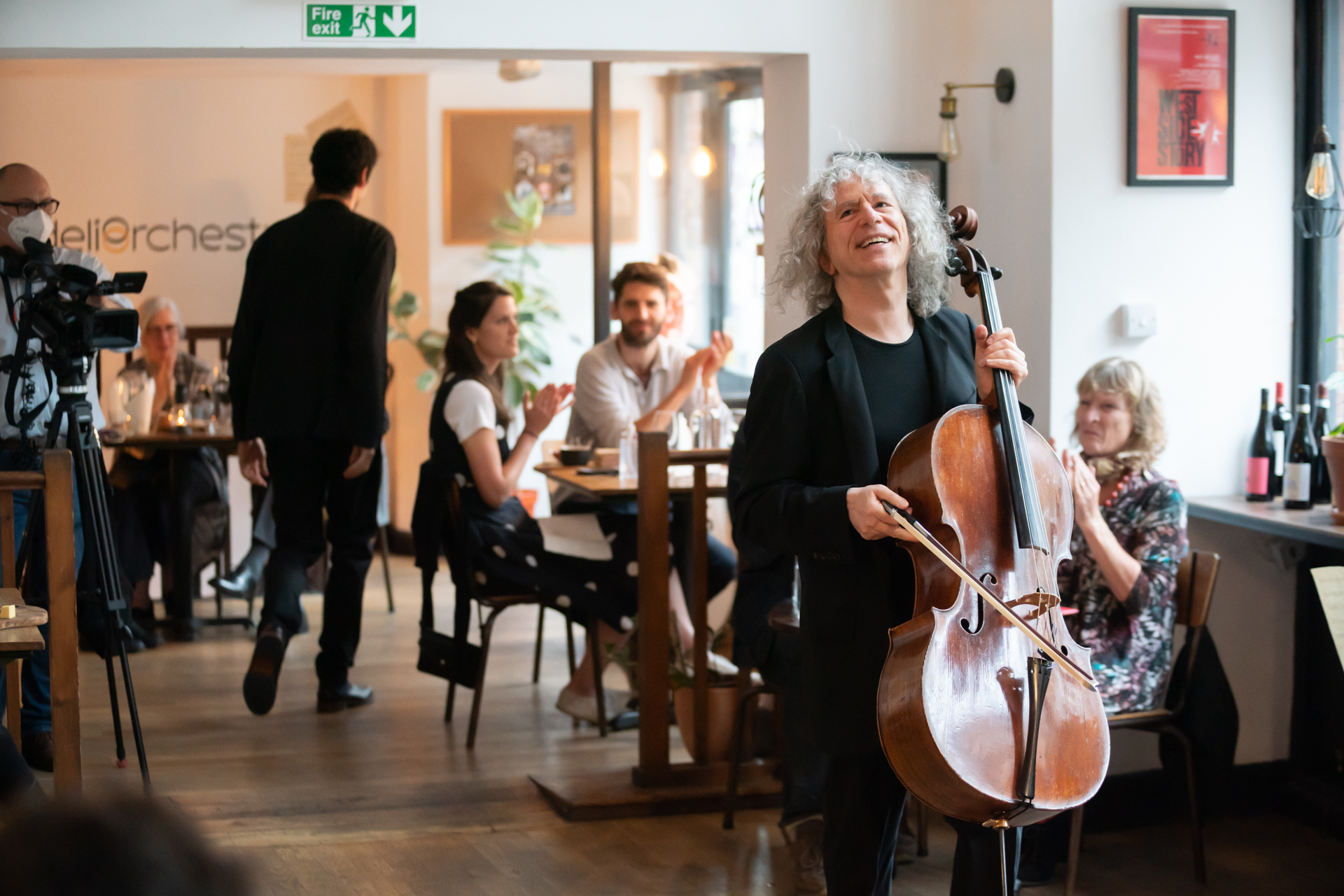
It is laid out in the familiar forms of an Italian comic opera ( opera buffa) or intermezzo, with recitatives providing narration and dialogue and arias expressing the feelings of the characters. The libretto, by the poet and Leipzig bureaucrat Christian Friedrich Henrici (known by the pen name “Picander”), is a far cry from the pious religious librettos he wrote for Bach’s church music, most notably the St.

It’s seems to be the eternal parental answer to a teenager using proscribed substances: “Because I said so.” After he threatens to deprive her of fashions, freedom, and even marriage, Lieschen momentarily relents-but confesses to us secretly that she will demand a prenup from any potential suitor that permits her to drink coffee whenever she likes. In the “Coffee Cantata,” the closest Bach got to writing a comic opera, a father (Schlendrian) is distressed at his daughter Lieschen’s infatuation with the beverage, though exactly why remains unclear. Though not allowed in coffeehouses in some European countries, women in Zimmermann’s Café were found both among the performers and the audience.

In 1674 an anonymous Women’s Petition against Coffee Representing to Publick Consideration the Grand Inconveniencies accruing to their Sex from the Excessive Use of that Drying, Enfeebling Liquor even protested that it led to impotency in Englishmen. The seductive beverage was regarded in some corners with suspicion. Two years before his birth, coffee beans were left behind by Turks hurriedly retreating from the siege of Vienna in 1683, resulting in the first Viennese coffeehouses. Schweigt stille, plaudert nicht (“Coffee Cantata”), BWV 211Ĭafé Zimmermann (detail) by Johann Georg Schreiber (1732)Ĭoffee drinking in the German-speaking world was only about as old as J.S. The rollicking gigue of the third movement begins and ends with a complete ritornello, and in place of the idiomatic violin writing for open and rapidly repeating stopped strings ( bariolage), the harpsichord downshifts into a flurry of sixteenth notes scales and oscillating figures, twice the speed of the prevailing eighths in the orchestra.

Above the descending half-steps (chromaticism) in the bass, the solo ventures into almost “bluesy” harmonies. In the slow movement, the gently pulsing and heaving repeated bass pattern (ostinato) undergirds the plaintive solo with an almost Sisyphean affect of striving and resignation. Just as the solo violin joins in unison with the first violins at times, the right hand of the harpsichordist disappears into the string ensemble only to resurface in solo episodes. The first is the most “violinistic” of its three movements, with leaping melodic figures that suggest string crossings. Vivaldi’s concertos in particular changed Bach’s approach to musical form, and playing these transcriptions likely planted in him the novel idea of liberating the utilitarian continuo harpsichord from its accompanimental role of improvising harmonies over the bass part to instead become a soloist on a par with Vivaldi’s virtuoso violinists.īach also realized the versatility of the concerto form, transcribing and transposing his own violin concertos for the harpsichord, as was the case of this concerto, originally written for violin in A minor and transposed to G minor for the harpsichord.

Bach not only learned by copying them, he transcribed them so that he could play them on the harpsichord and the organ.


 0 kommentar(er)
0 kommentar(er)
